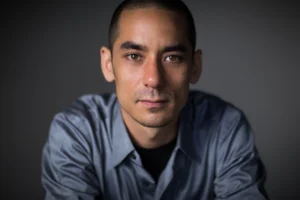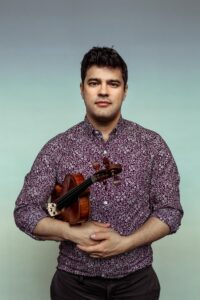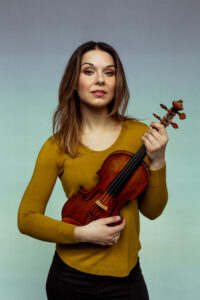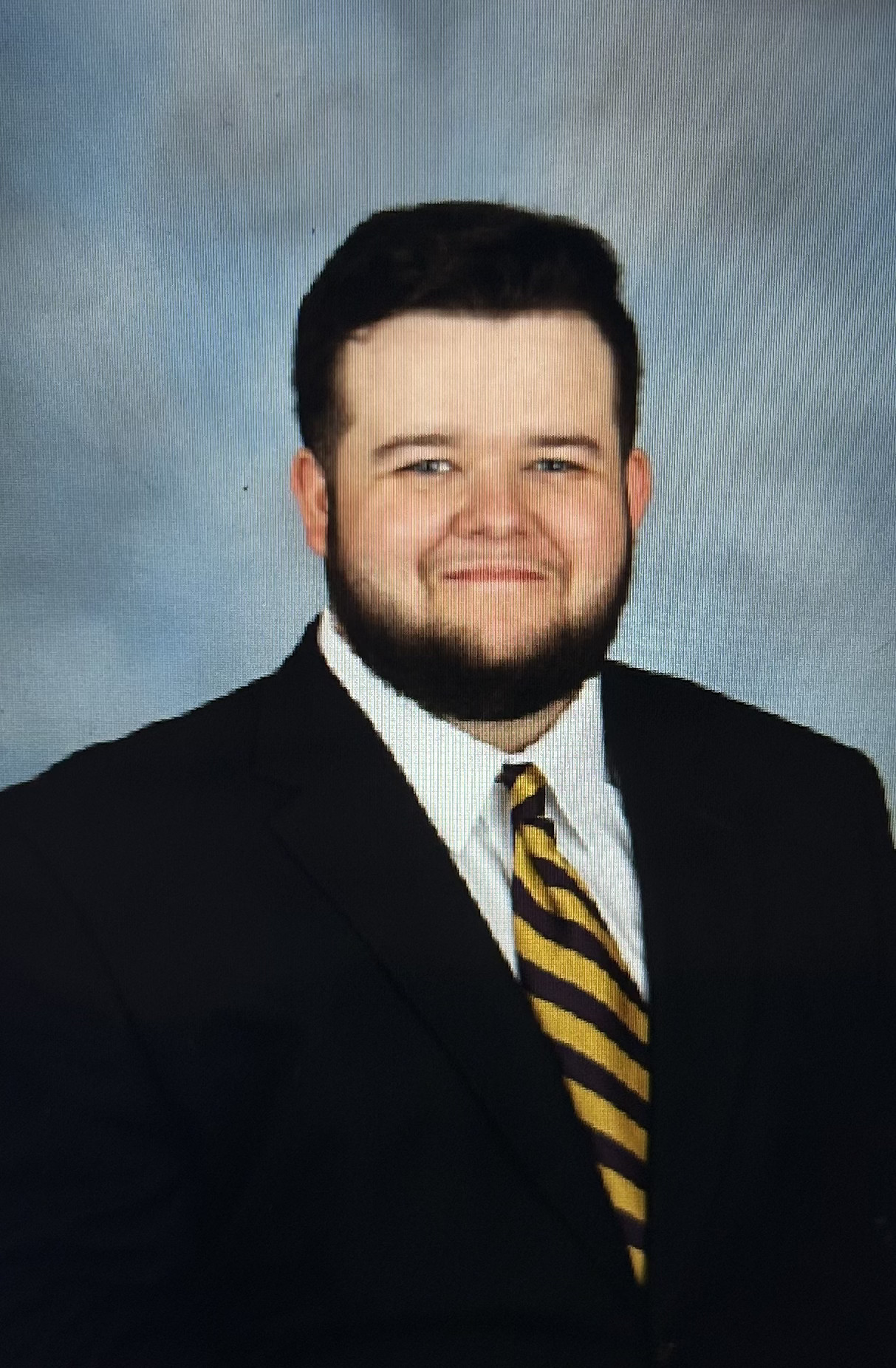Over at Vanderbilt:
The Attacca Quartet on the Quantum Potential
This past week I was honored to be invited to the latest recording of Vanderbilt University’s podcast, Quantum Potential. For this session they hosted the two-time Grammy award winning chamber group

Attacca Quartet, who were visiting to perform with Blair School of Music Professor of Percussion Ji Hye Jung’s organization Chamber Music City. It was a very unique setting for a performance but was quite fun to witness. Simply a studio room full of colleagues, other staff at Vanderbilt, and a whole camera crew to record it all. They only played two of the four pieces featured on their concert the following night and spent a great deal of time conversing with the master of ceremonies and each other.
The performance opened with a quick welcome to the studio audience and the viewers of the podcast and then jumped right into playing Andy Akiho’s 2019 composition, Aluminous. A piece featuring a traditional string quartet and a vibraphone. A piece all about the metal aluminum, Ji Hye Jung talked about how the piece captures the cold, sharp and rigid aspects of metals in general. Yet as the piece progresses it dissolves into warmer tones representing that aluminum is actually one of the softest metals on the periodic table. The beginning combines pizzicato strings with wooden sticks, resembling large chopsticks, on the vibraphone to create the aforementioned angular, sharp and cold attributes associated with aluminum. The vibraphone featured a fast and driving motor using the sticks that helped keep time and maintained heavy momentum. The pizzicato was occasionally interrupted by short arco passages. Eventually Ji Hye Jung picked up traditional mallets and the strings dropped the pizzicato completely creating the warm middle section that illuminates the other aspects of aluminum as an element. It is a very nice change from the opening sections of the piece showcasing the unique timbres and tones that can be produced by string quartet and vibraphone. Aluminous then returns to a similar style as the beginning featuring the wooden sticks and the metric motor in the vibes. The piece continues to ramp up in tempo and volume until concluding with a sudden ending featuring the use of a bow on the vibes.

Following the performance of Aluminous there was a discussion about the piece itself where Ji Hye Jung broke down the elements of the piece that reflected aluminum. They also had a brief discussion about the history of the quartet. They’ve been performing for over 20 years and reflected on how their relationships, and playing has changed over that time. The cellist Andrew Yee said that they began playing older, more traditional classical pieces which they then said was fun to think about how that was a job hundreds of years ago and they’re continuing that tradition. This conversation segwayed perfectly into their next and final selection for this podcast, the first movement of Ravel’s only String Quartet.
A piece a part of Ravel’s continuous pursuit of the Prix de Rome, the most prestigious compositional award in France for over a century and a half. Ravel, however, never ended up winning it but nevertheless audiences were graced with several pristine works. The piece’s structure was based on Debussy’s string quartet but the music was drastically different. The first and only movement they performed is in a typical sonata form with two very contrasting themes. It opens with the primary theme in the first violin along with a long arching scalar background motive in the other voices. The sound felt like it was melting together and as the warm tones formed something new from the combined sound. The secondary theme features the first violin and the part doubled two octaves lower in the viola. The theme continues the arched melodic motion in the first theme, but the arches are much shorter and feel like embellishments on the first pitch of each phrase. While this is happening the second violin is outlining harmonies with tremolos and arpeggios and the cello is giving short interjections occasionally and quietly. The development is pretty straightforward and standard, it gains intensity and gets a little wild as the recapitulation is approached. The second theme is slightly altered in its return but the upper voices remain the same as the exposition but the cello was raised a minor third moving the movement from F major to D minor. The intensity slowly lessens and the movement ends quietly.

Second violinist Dominic Salerni was asked to speak on this piece giving some history and some compositional elements. He claimed the piece was ultimately based on clocks and that it was modularly put together perfectly and may even be played backwards and remain great. He compared it to Salvador Dali’s famous painting “The Persistence of Memory” that includes clocks melting into the landscape very similar to the strings melting together to create this beautiful movement. First violinist Amy Schroeder commented that this piece holds a very important meaning to all of the members of the quartet, that they all had encountered the piece before forming Attacca and it directed them all in the direction that they took to get to where they are now. They once again took the idea of the melting clocks and compared it to how when they perform together it becomes much more than simply playing their instruments. That, in a metaphysical sense, they pour the very essence of their souls in a “orb” that is the perceived performance of any piece. This group effort and awareness has elevated their music tremendously.
Overall, the concert was a very unique and extremely enjoyable experience. I am very honored that I got to be a part of this recording and able to share this experience with other likeminded individuals. If you have the chance please watch the podcast when it releases, you will not be disappointed. I want to thank Jad Abumrad, Professor Ji Hye Jung, and Chamber Music City for inviting me and putting together such a wonderful program and directive.



